- Home
- slideshows
- miscellaneous
- A religious site in the most contested city in Israel with a complicated, bloody history is the center of gravity for the Israel-Palestine conflict
A religious site in the most contested city in Israel with a complicated, bloody history is the center of gravity for the Israel-Palestine conflict
Hebron is located 20 miles south of Jerusalem in the West Bank. With a population of more than 200,000 Palestinians and around 1,000 Israeli settlers, Hebron is the biggest city in the Palestinian territory. Its name in both Hebrew (Hevron) and Arabic (Al-Khalil) translates to "friend."

Hebron is divided in two sectors: H1, controlled by the Palestinian Authority, and H2, controlled by the Israeli military. One of the key dividing points is the Ibrahimi Mosque/Tomb of the Patriarchs. The majestic building can be seen here.
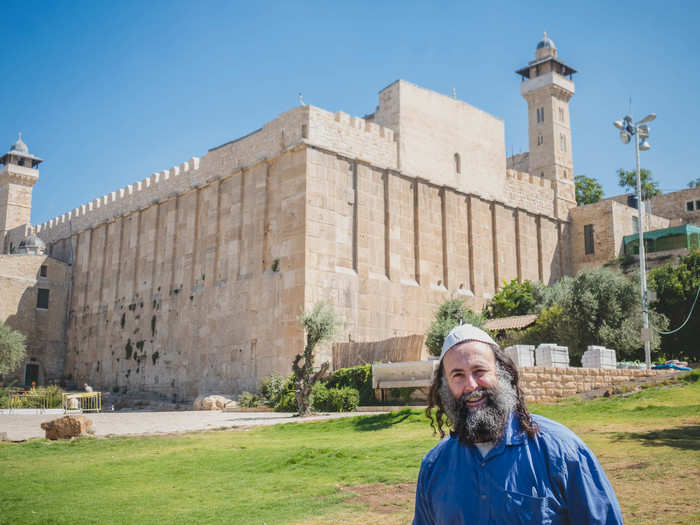
The presence of the site has drawn the devout of all Abrahamic religions to the city for centuries. In the Byzantine period, the building was turned into a church. When the city was conquered by Arab Muslims, it was turned into a mosque. It was turned back into a church during the Crusader period and then back into a mosque under the Mamluks and finally the Ottomans.
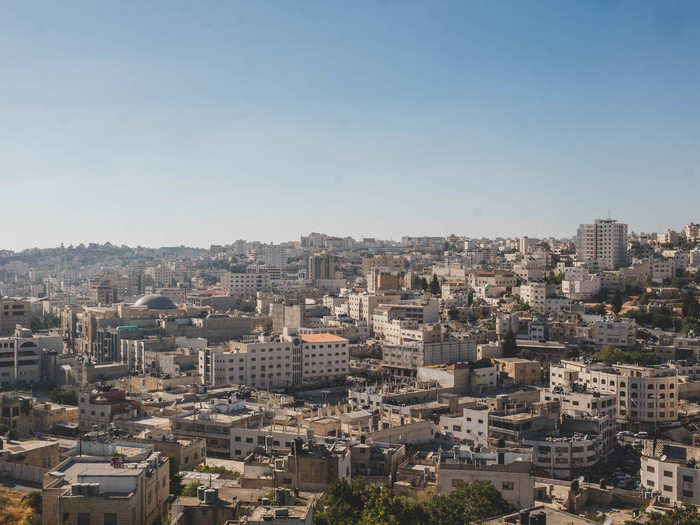
After the Temple Mount in Jerusalem, it is probably the most contested religious site in the world. While the historical record is thin prior to 1100 C.E., it appears Jews have lived continuously in the city since the 1500s, drawn by the presence of the site.
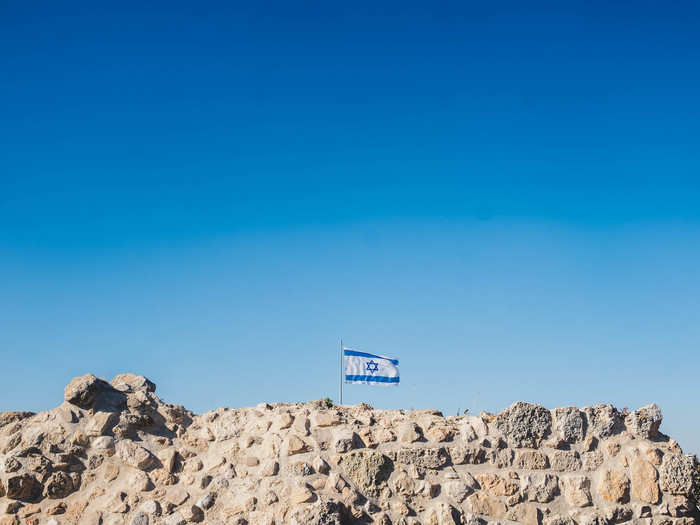
According to the Hebrew Bible, the Cave of the Patriarchs is the cave Abraham purchased to bury his wife Sarah. The purchase is seen as the first land-holding in Israel and therefore the first instance of nation-building of Israel. For many Israelis, both religious and secular, this Torah story forms the core of their connection to the land.

Source: Times of Israel
The Mamluks took control of the site in 1260 and shortly after banned all non-Muslims from the site. Jews and Christians still visited to pray, but could only go as far as the seventh step of the outside staircase, lest they be violently beaten.
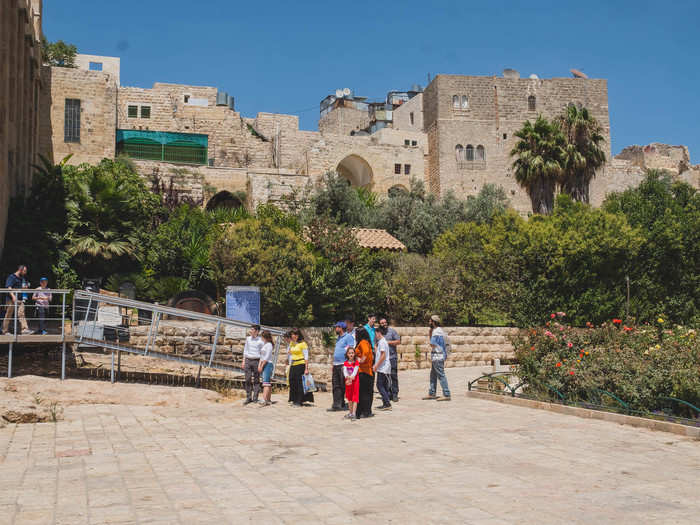
The garden outside (pictured above), McLean said, was created to commemorate how Jews were not allowed to pray at the temple past the seventh step of the outside staircase.
Source: Hebron, Jewish History
Jordan controlled Hebron and Ibrahimi Mosque after the 1948 Arab-Israeli War and lost it to Israel after the Six-Day War in 1967. For many Israelis, the religious site was liberated by the war. The first non-Muslim to freely enter the site was Rabbi Shlomo Goren, who was there when the Israeli army took the city. In the following weeks, thousands of Jews went to the city to pray at the site.
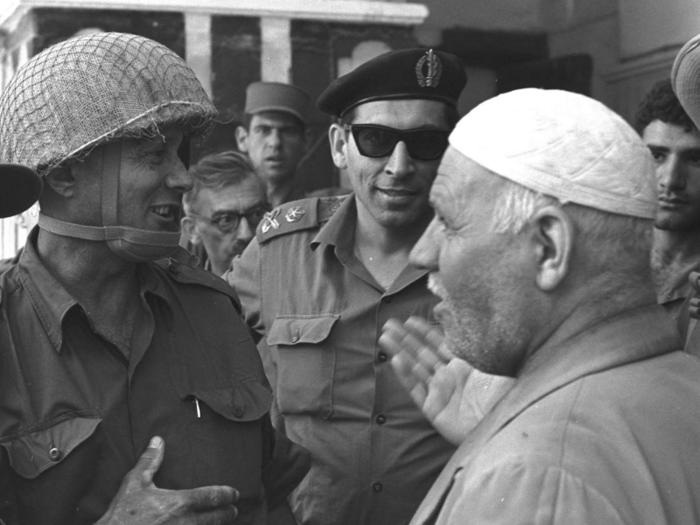
The perspective of Palestinians and Muslims on this history is very different. Mohammed Al-Mohtaseb, a 27-year-old Palestinian tour guide, has experienced the "liberation" of Hebron through the gauntlet of military checkpoints erected across the city, and particularly around the Ibrahimi Mosque, like this one.
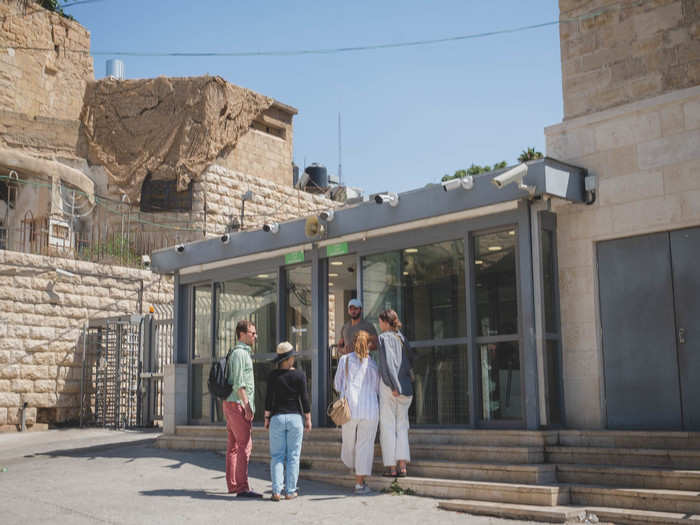
While there have been numerous attacks at or near the Ibrahimi Mosque since 1967, many targeting Jews, the core event for Palestinians, according to Al-Mohtaseb, is the 1994 massacre. In February 1994, an Israeli-American settler opened fire on the mosque, killing 29 Palestinians and injuring 125 others. The man was beaten to death by survivors in the mosque.

While the Israeli government immediately released a statement condemning the act and stating that the settler had operated alone, conspiracy theories have flown both ways. Many Palestinians believe far more than 29 people died in the shooting and during related events on the day. Some survivors claim there was a second gunman and others believe the Israeli military knew the attack was going to happen. Meanwhile, some Israelis believe, according to McLean, that the settler was acting in response to reports of an impending terror attack on Jews at the site.

Source: Al Jazeera
The response to the 1994 attack still looms large in the minds of Palestinians, according to Al-Mohtaseb. The Israeli Defense Force (IDF) closed the mosque for nine months, imposed a months-long curfew on Palestinian residents, closed the main business street in Hebron to Palestinians, and built up military checkpoints.
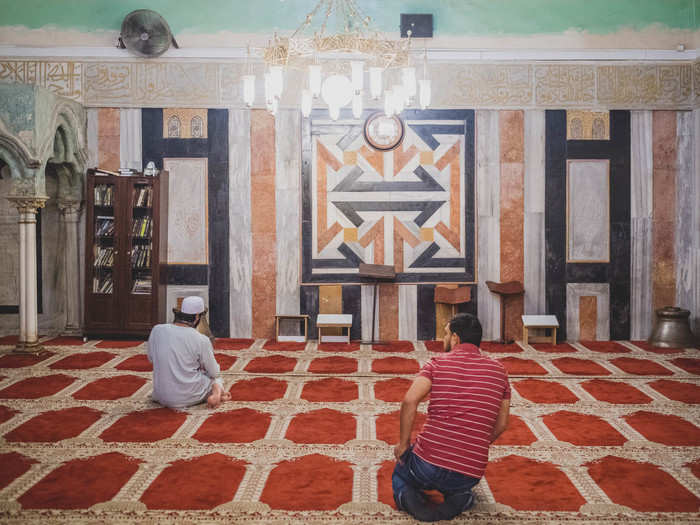
As a result of the 1995 Hebron accords, the mosque was divided such that Jews must enter by the southwestern side and are limited to the corridors that run between the cenotaphs. Muslims enter by the northeastern side and have the remainder of the building — about 81%. The ceiling of the mosque side contains gorgeous Ottoman, Mamluk, and even Crusader-period architecture.

Source: The Jerusalem Post
Al-Mohtaseb had told us that Palestinians believe Israel took 65% of the Ibrahimi Mosque, primarily because they count the garden and terrace outside. Meanwhile devout Jews, McLean said, feel they only received a sliver of the actual temple.
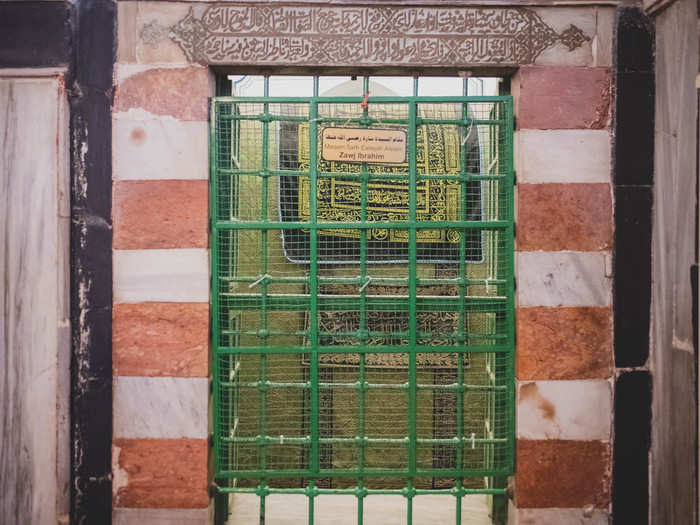
As part of the 1995 agreement, Jews are permitted to visit the Muslim side of the building on 10 Jewish holy days of the year, while Muslims are permitted on the Jewish side for 10 Muslim holy days. Neither side is particularly happy with the arrangment. "You know how it's a good agreement?" McLean asked. "Equal opportunity grumbling on both sides."
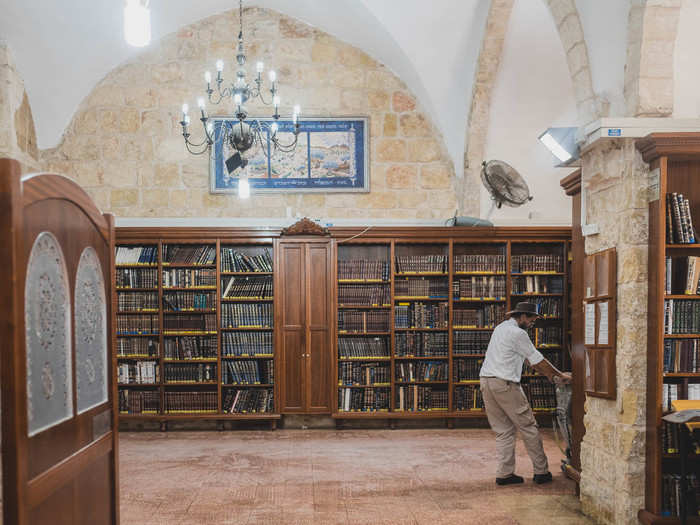
The cenotaph of Abraham is visible to both Muslim and Jews through a bullet-proof glass. McLean visited the mosque for the first time three weeks before the massacre. At the time, Jews and Muslims often prayed together.
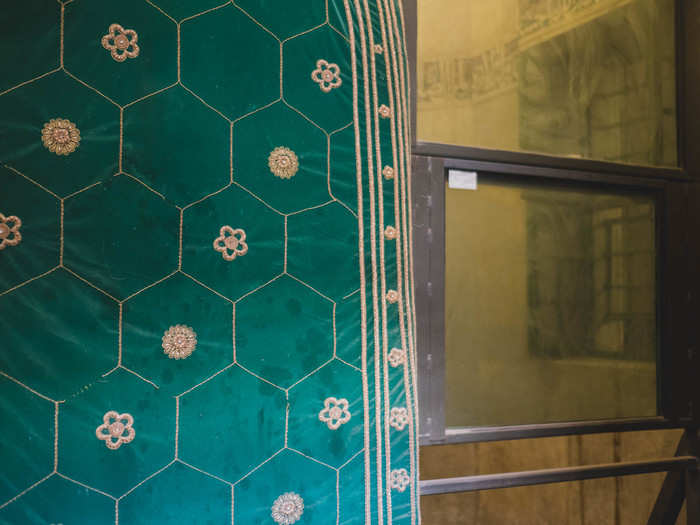
On the Jewish side of the site, McLean gave us the alternate point of view of the aftermath of the 1994 massacre. He agreed that the months-long curfew was "oppressive" in the short term, but said the restrictions "calmed the waters" in Hebron.
At the time, there had been near constant protests and clashes between Palestinians and Israeli soldiers. Twenty Palestinians were killed and another 120 injured by Israel Defense Force (IDF) soldiers in the weeks following.
"I'm not saying it was fair, but there was a valid security rationale for imposing that," McLean said.
Visiting the Tomb of the Patriarchs/Ibrahimi Mosque, it's easy to see why the Israel-Palestine conflict has persisted, and yet, impossible to see how it gets solved. There is so much history, bad blood, and raw and still-festering wounds layered on top of locations with a significance that is hard to fathom as a secular American. And that's without even looking at the larger history of what's happened in the actual city of Hebron over the last 30 years.
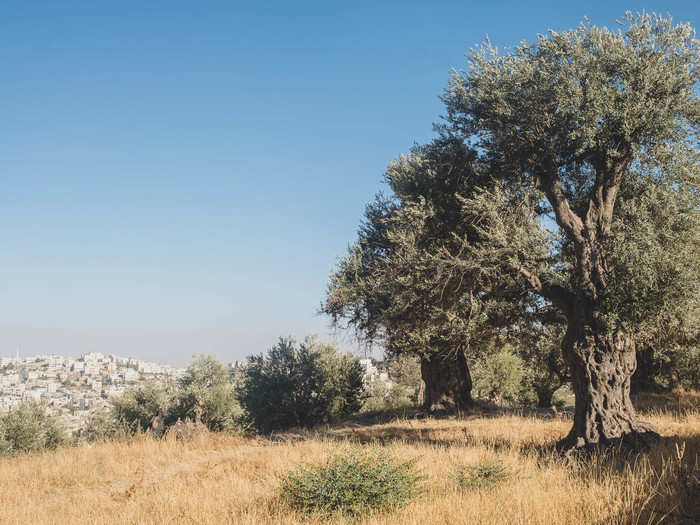
Popular Right Now
Popular Keywords
Advertisement